IT WAS just after 3:30am on June 27th, 1940, that explosions echoed throughout Swansea.
A Luftwaffe plane had marked the east of the city, near the Danygraig area, for an onslaught of explosives to be dropped from the sky, causing significant damage and deaths.
Over the next three years as World War II dragged on, this unfortunately would not be the last time that Swansea was targeted.
The most fatal period was from February 19th – 21st in 1941, when approximately 1,273 bombs and 56,000 incendiary bombs were dropped.
All in all, there were nearly 90 tonnes of explosives dropped on the city, with explosions and fires that could be seen from as far away as Devon and Pembrokeshire.
This onslaught left 230 dead and 397 injured. Over 850 buildings were destroyed, with at least 11,000 damaged.
The scale of the destruction is almost unimaginable.
It wasn’t until two years later, on February 16th, 1943, that the final bombing took place.
Marian Jones, who was just six at the time of the bombings, described the experience as “the horror of the bombing”
Every night she and her family would take cover in an air raid shelter in Morriston as the areas around her home were destroyed and people her family knew were killed.
Last year, aged 86, she spoke to BBC Wales about the traumatic experience.
Mrs Jones said: “It wasn’t pleasant, and I can remember my grandmother would not come into the shelter and my father was getting upset, and the only way she came in is because I called her and I pleaded with her to come in.
“I can remember the horror of the bombing and seeing the flames when people went up to the hill in Morriston where it overlooked Swansea, and I don’t think they will ever forget the scene that they saw.”
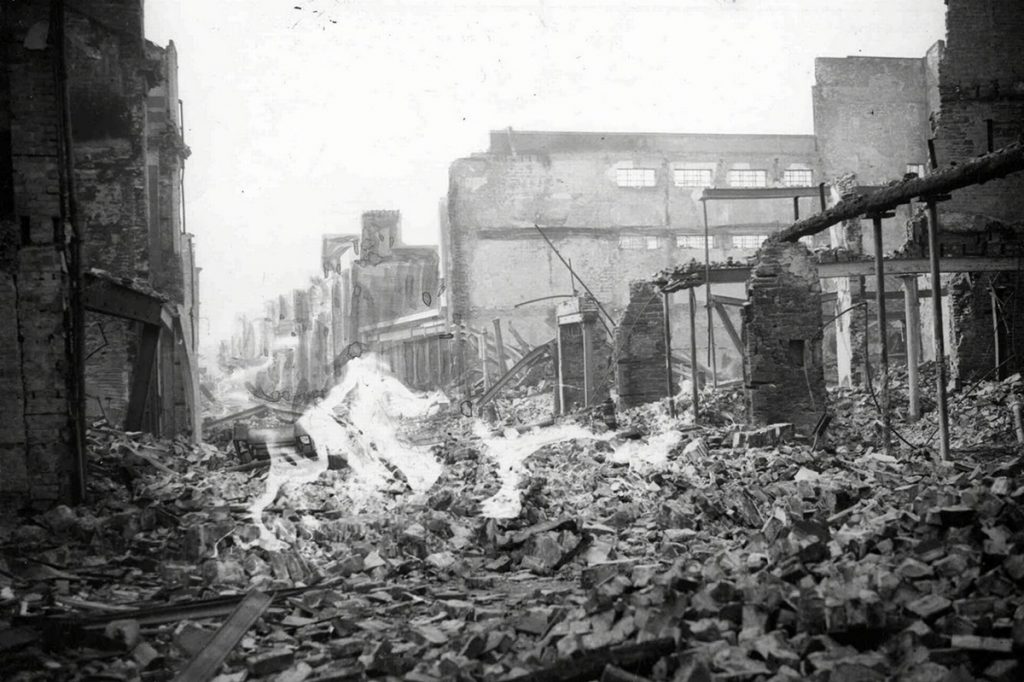
Another woman, Hazel Tomalin, recalled how the bombs looked almost magical to her as an 11-year-old child: “The sight of these incendiaries coming down, it was incredible, because we were looking at Townhill, and Townhill was looking across at us.
“They were twinkling, these lights coming down. I shouldn’t say fairyland, but that’s what it looked like to a little girl.”
Swansea was a very important location for the Allied forces during World War II, targeted primarily because of its docks.
Nazi Germany had a bombing campaign which aimed to damage exports, with a secondary goal of demoralising civilians and disrupting emergency services.
Historian John Alban describes this: “In the Battle of the Atlantic, Swansea was critically important
“Adolf Hitler issued a directive in September 1939, including Swansea in the top 10 most important ports in the United Kingdom, and makes it very clear that they’d need to be attacked, particularly in order to knock the port out.
“An ARP [Air Raid Precautions] report written in March 1941 more or less says that if there had been a fourth night of bombing, that would have been the coup de grace and the authorities would not have been able to cope with it.”
Mayhill Road was completely destroyed on the first night of the bomb. As houses were obliterated, Daniel O’Shea, who was fourteen at the time, was hiding in the family’s bomb shelter in the garden, which probably saved their lives.
He described the night: “We heard a couple of bombs go off elsewhere, and then this whine coming down and then a big bang outside. When we came out then, we saw that that bomb had hit the side of the house.
“It was a shock. I remember my sister came out – she was three years younger than I was – she was crying and my mother was upset.
“It was very upsetting and worrying you know, every time you heard the sirens go in the night it was very worrying whether bombs were coming down. My mother and sister were very upset, I don’t think I ever went back to the house to see it even.”
When all was said and done, the total amount of destruction remains astounding.
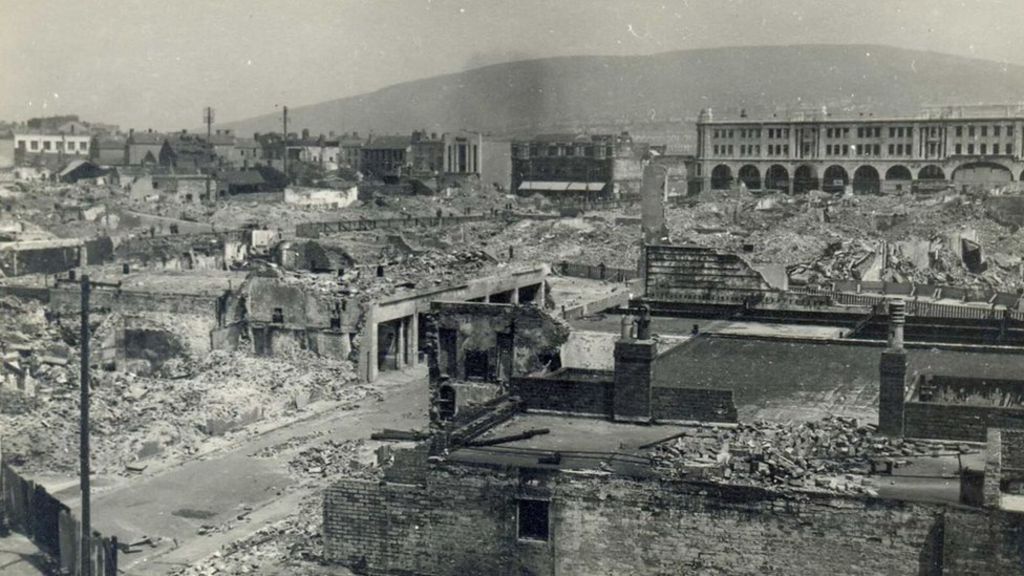
41 acres of the city centre was completely destroyed, with the majority of the water, gas and electricity infrastructure damaged or completely destroyed.
7000 people were made homeless and workhouse infirmaries had to be set up to treat the injured after Swansea General Hospital was bombed in a raid.
Many areas around the city still have marks left by the raids, including Orchard Street Police Station, St Mary’s Church, Mumbles Hill’s anti-aircraft gun emplacements, buildings on Castle Street, Teilo Crescent, Blackpill Pill Box, Metropole Hotel, The Wesleyan Chapel, and many more. This doesn’t include the war memorials scattered around the city.
The rebuilding of the city was not quick or easy. In 2005, officials said that in some ways, the rebuilding was still continuing.
Dr Dinah Evans from Bangor University said: “In the commercial centres of Wind Street, Castle Street and High Street the pavements were wide and the shops fronting onto them stylish, selling merchandise of all kinds.
“The department stores were imposing and many of a calibre usually found in London.
“Although the town’s Guildhall, art gallery and library were still standing when the bombing stopped, its social and entertainment heart had all but disappeared.
“The town centre was destroyed and Swansea people had to contend with a bleak landscape where once prosperous shops and stores had stood.
“The war effort had all but bankrupted Britain and the financial stringencies of post-war Britain would conflict with the visions of many local authorities for the reconstruction process.
“Swansea was no exception; the plans of its town council for a new shopping and commercial centre were subject to endless delays, shortages and restrictions.
“The rebuilt town centre, some 20 years later, was a product of its time – functional but with little style, the outcome of inadequate funding.”



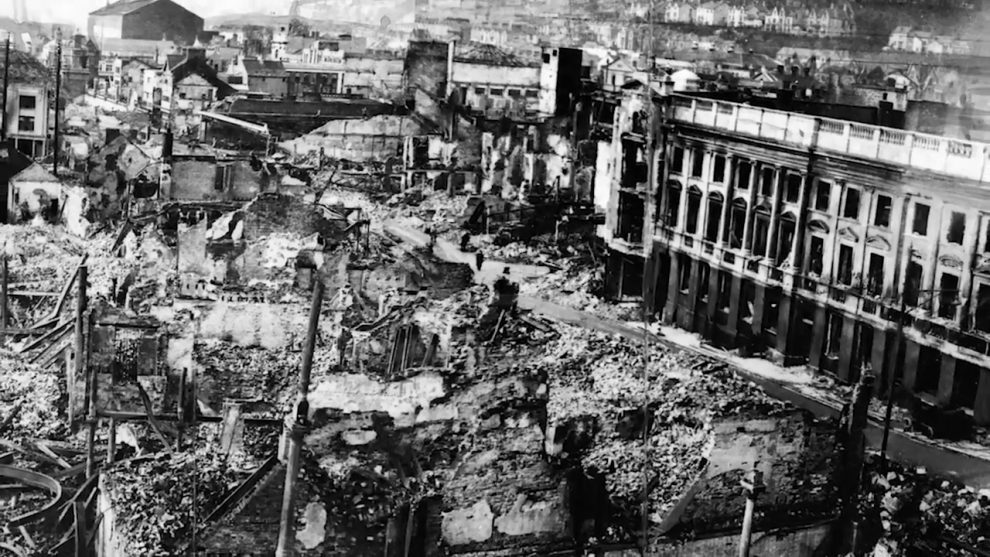


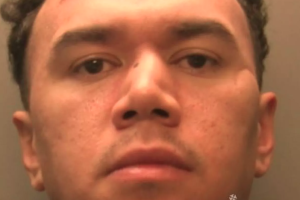

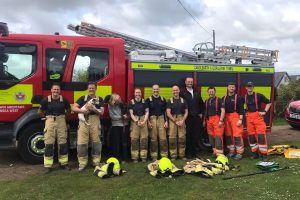









Add Comment